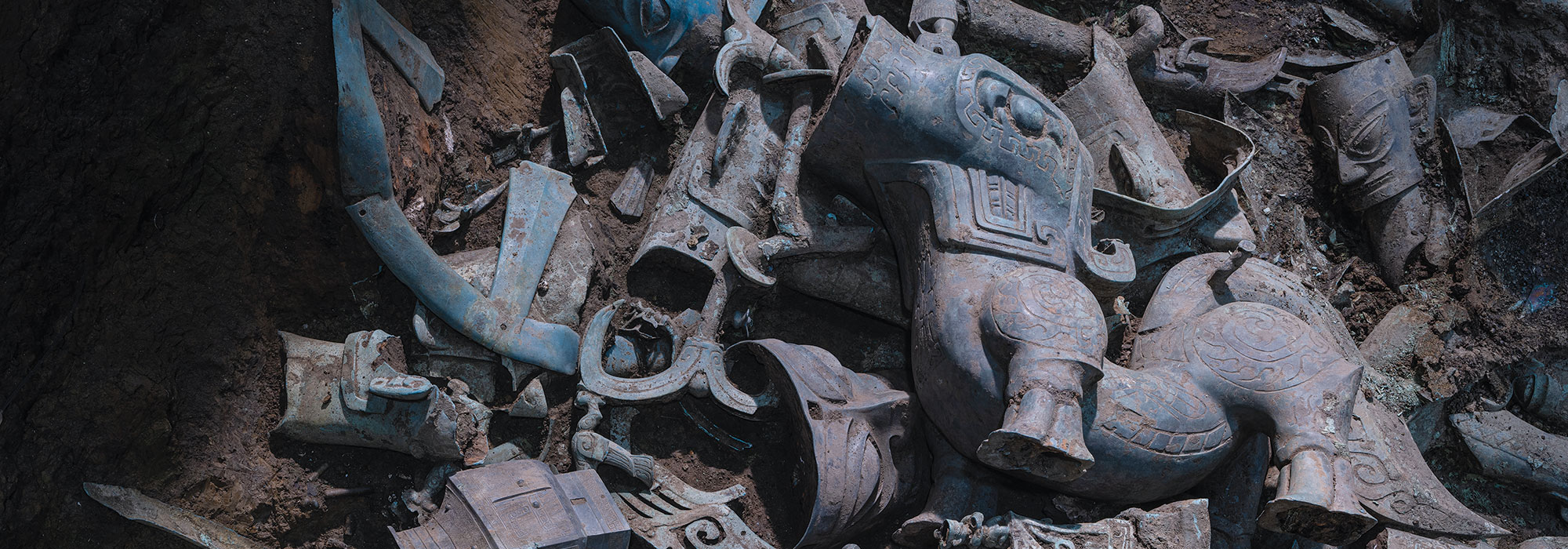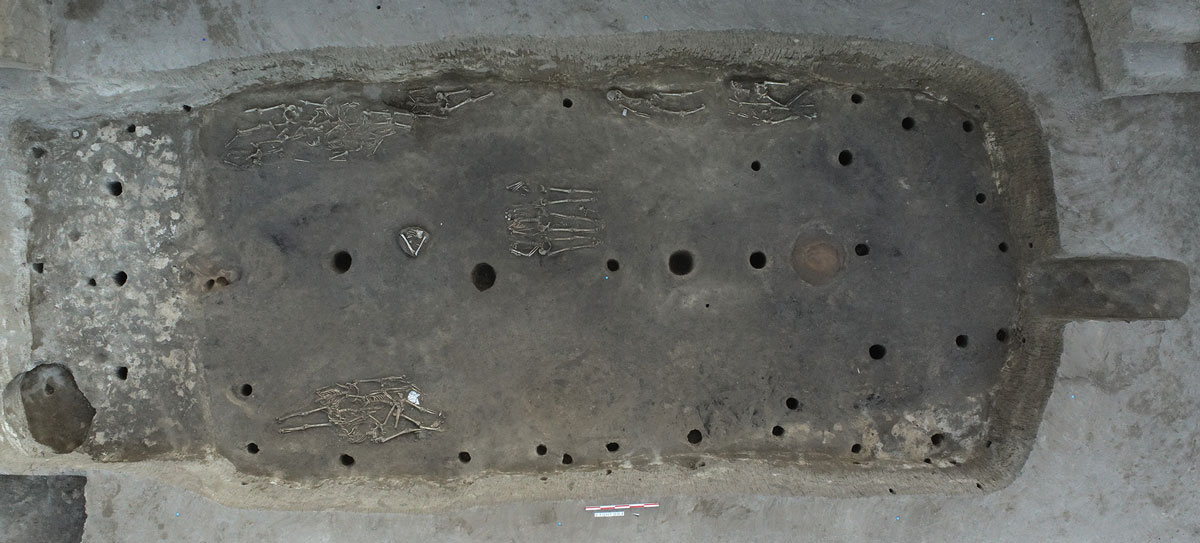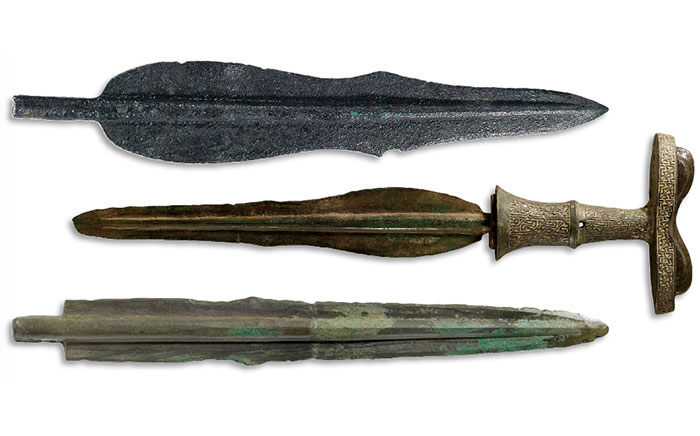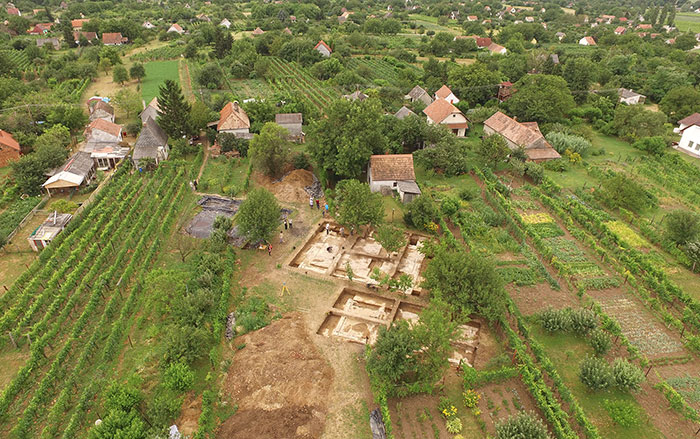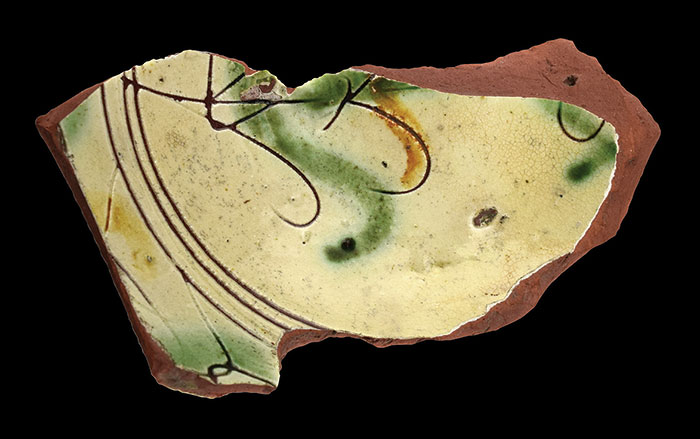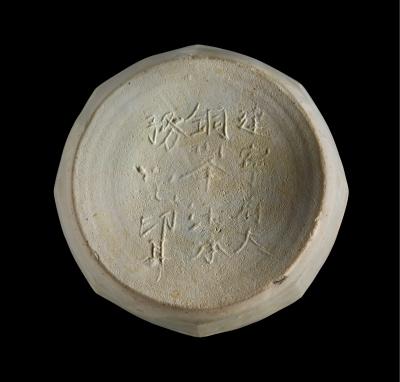
CHICAGO, ILLINOIS—CNN reports that a team of researchers from the Field Museum of Natural History has analyzed the cargo of a shipwreck discovered in the Java Sea off the coast of Indonesia in the 1980s. The ship is now estimated to have sunk in the late twelfth century, while carrying ceramics, cast iron, and luxury trade goods such as elephant tusks and resins used for incense. The wreckage had initially been dated to the late thirteenth century, based upon radiocarbon testing of a single resin sample. But the ocean water is now thought to have affected those test results. The new, more precise, dating of the cargo is significant, according to archaeologist Lisa Niziolek, because it reflects the increase in maritime trade in the twelfth century after the fall of the empire of Srivijaya, which controlled much of the trade in the region, and China’s change in trade policy. “Consequently, the Southern Song dynasty (A.D. 1127–1279) court encouraged Chinese traders to go abroad instead of relying on foreign missions traveling to China,” Niziolek said. New radiocarbon dates and inscriptions on two ceramic box bases helped the team to date the wreck. “This inscription provides a place name, Jianning Fu, which was only assigned that name by the Song government from 1162 until 1278, when it was changed to Jianning Lu by the Yuan dynasty,” Niziolek explained. To read about another Chinese shipwreck, go to “Pirates of the Marine Silk Road.”


